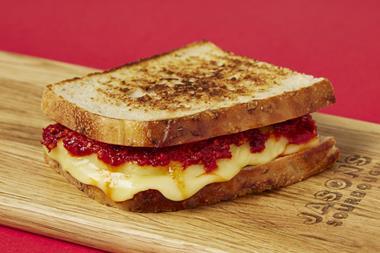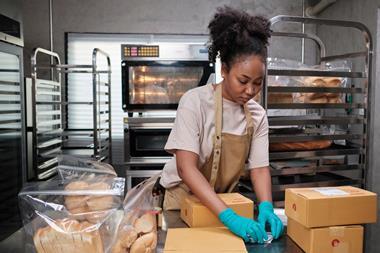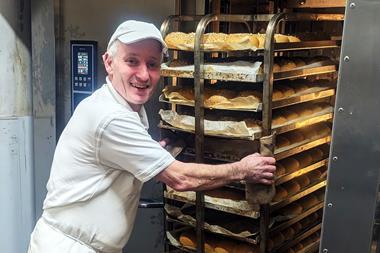There is increasing mainstream media interest in baking, helped by programmes such as the Great British Bake-off and the Great British Food Revival, with Michel Roux Jr arguing the case for bread. This has begun to generate more coverage for the debate about how bread is made.
While this is perfectly reasonable, it is often unfortunately characterised as craft against sliced and wrapped or long fermentation versus rapid. But there are many ways of making bread with different characteristics. It takes just as much technical skill and possibly a greater understanding of the process of breadmaking to produce an excellent sliced and wrapped loaf as it does a superb crusty bloomer. Wrapped bread manufacturers have shown themselves to be innovative in developing new recipes and flavours in their market, just as many craft bakers have been adept at preserving skills and importing ideas from colleagues overseas.
Every baker aims to make bread which satisfies consumers whether on taste, convenience, provenance, ingredients or a combination of all these. There is a demand for freshly made crusty bread, and also for sliced wrapped bread. They may be purchased by the same consumer, but not necessarily for the same purpose they are not mutually exclusive. Indeed, there is no evidence that increasing sales of craft bread result from declining sales of wrapped bread; the two rise and fall together.
So rather than one part of the industry criticising another’s methods, it would be more constructive for us all to promote the nutritional value of bread and celebrate its diversity, as well as the dedication and skills of all the suppliers producing it.
































No comments yet